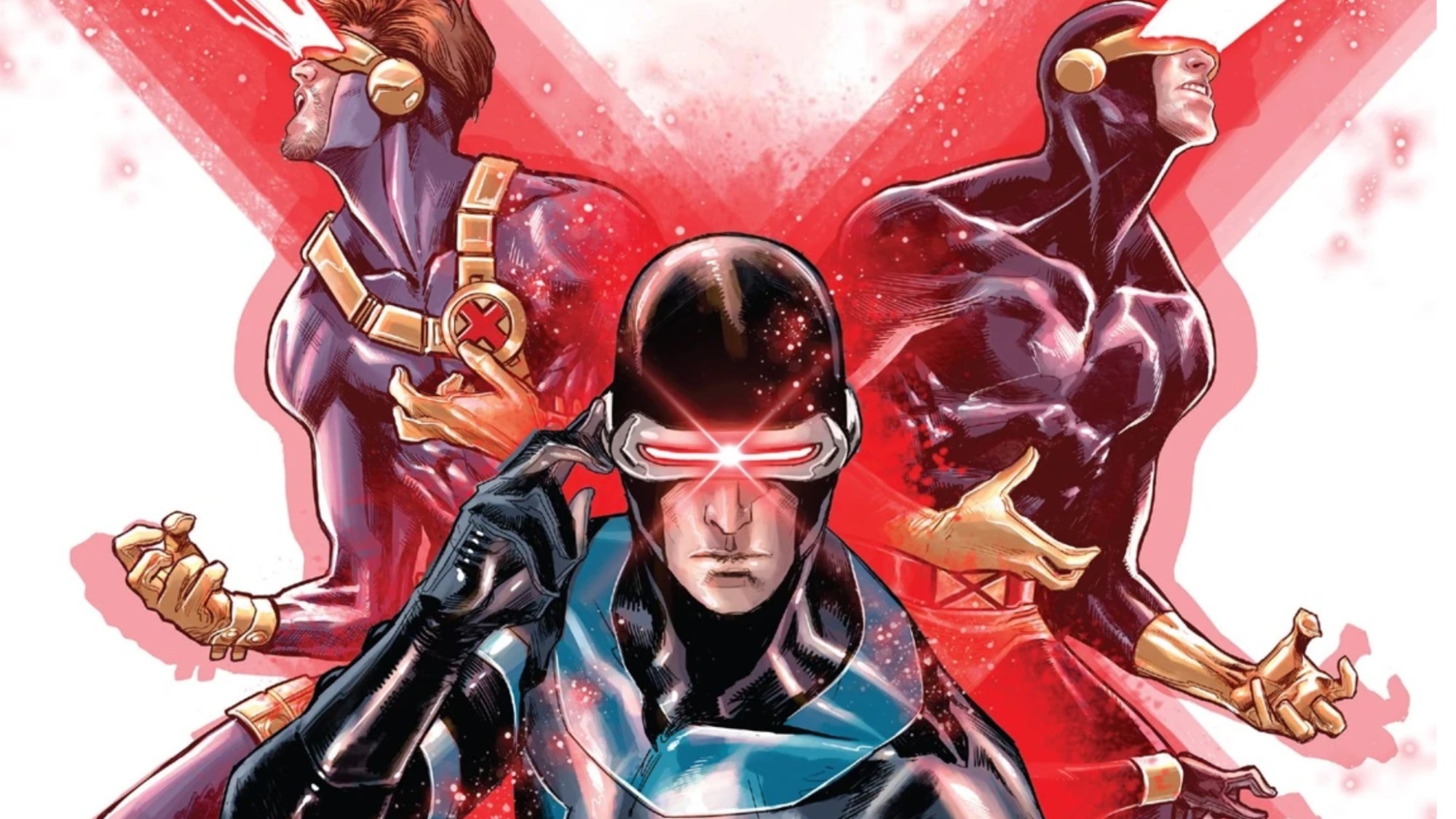The Marvel Universe has long captivated audiences with its rich tapestry of characters, including the X-Men. Among these heroes, Cyclops has often faced skepticism regarding his leadership and decisions. In various storylines, he has emerged victorious despite criticism, exemplifying his role as a pivotal figure in mutantkind’s ongoing struggle. This article explores six significant moments where Cyclops proved his critics wrong, reinforcing his status as one of the most compelling leaders in the X-Men narrative.
Re-Forming X-Force: A Necessary Decision
After the original X-Force disbanded, Cyclops recognized a pressing need for a more aggressive approach to protect the dwindling mutant population. Following the catastrophic events of House of M, which reduced the mutant community to just 198 individuals, he turned to Wolverine to form a new X-Force. This team operated covertly, undertaking missions that were often deemed too dangerous or unethical for the public-facing X-Men.
Cyclops’s decision to create a black ops squad was controversial. Many within the X-Men disagreed with the idea of a “kill team.” However, Cyclops understood that merely combating threats was insufficient; the survival of mutantkind required more decisive and sometimes brutal measures. His foresight in establishing X-Force has since been validated as this team became instrumental in addressing existential threats to mutants.
Integrating Magneto: A Bold Choice
During the X-Men’s tenure in San Francisco, Cyclops faced perhaps one of his most challenging decisions: whether to allow Magneto, a long-time adversary, to join his ranks. After Magneto regained his powers, he sought a place within Cyclops’s newly formed mutant society on Utopia. The respected Professor Charles Xavier opposed this move, citing past betrayals.
Despite the dissent, Cyclops permitted Magneto to join, a decision that quickly proved advantageous. Magneto played a crucial role in aiding the X-Men during critical conflicts, showcasing the value of Cyclops’s willingness to collaborate with former foes for the greater good of mutantkind.
Outsmarting Norman Osborn’s Dark Avengers
The “Dark Reign” storyline presented another critical moment for Cyclops. Amid escalating tensions, Norman Osborn deployed his Dark Avengers to San Francisco to intimidate the mutant population. Rather than capitulate, Cyclops demonstrated remarkable strategic acumen, consistently outmaneuvering Osborn’s forces.
Despite skepticism from some of his own team members, Cyclops’s tactics led to significant victories, undermining Osborn’s authority and demonstrating that intelligence and strategy could triumph over brute force. His leadership during this period solidified his reputation as a formidable leader capable of standing against overwhelming odds.
X-Men: Schism and the Hard Choices
The storyline titled X-Men: Schism marked a turning point in the X-Men saga. Cyclops had been effectively safeguarding mutantkind, but the emergence of a new Inner Circle of the Hellfire Club brought forth unprecedented challenges. This group unleashed chaos, threatening the lives of many mutants during a museum attack in San Francisco.
Faced with an impossible situation, Cyclops made the contentious call to instruct a younger mutant, Oya, to eliminate a member of the Inner Circle. This decision ignited a fierce debate with Wolverine, who opposed the idea of using young mutants as soldiers. While Cyclops’s choice was morally complex, it ultimately prioritized the survival of his team, highlighting the difficult realities of leadership in a world fraught with danger.
A Complex Relationship with Emma Frost
Cyclops’s romantic history has often been overshadowed by his relationship with Jean Grey. However, his partnership with Emma Frost marked a transformative era for both characters. Following Jean’s death, Cyclops found himself in a deep emotional turmoil, leading him to rekindle his relationship with Jean’s clone, Madelyne Pryor.
The dynamic between Cyclops and Emma Frost began as a psychic affair, evolving into a partnership that proved pivotal for Cyclops’s growth as a leader. Emma’s influence enabled him to confront the difficult decisions he faced as the leader of mutantkind. Their relationship, though controversial, provided Cyclops with the support he needed during one of the most challenging periods in his life.
Hope Summers: The Future of Mutantkind
In the climactic Avengers Vs. X-Men crossover, Cyclops’s belief in Hope Summers came under fire. He had dedicated himself to training Hope, believing she was the key to restoring the mutant population. When the Phoenix Force approached Earth, Cyclops devised a plan for Hope to bond with it and rejuvenate mutantkind.
Despite strong opposition, particularly from Wolverine and the Avengers, Cyclops’s faith in Hope ultimately bore fruit. Although the situation spiraled into conflict, Hope was able to harness the Phoenix Force successfully, rekindling the mutant gene in humanity. This resolution not only vindicated Cyclops but also demonstrated his unwavering commitment to the future of mutants.
Cyclops’s journey within the X-Men universe illustrates the complexities of leadership and the often-challenging decisions that come with it. His ability to navigate these turbulent waters has solidified his legacy as a key figure in the ongoing struggle for mutant rights. The moments explored here serve as a testament to his strength and vision, affirming that sometimes, being right isn’t about popularity; it’s about making the tough calls for the greater good.
